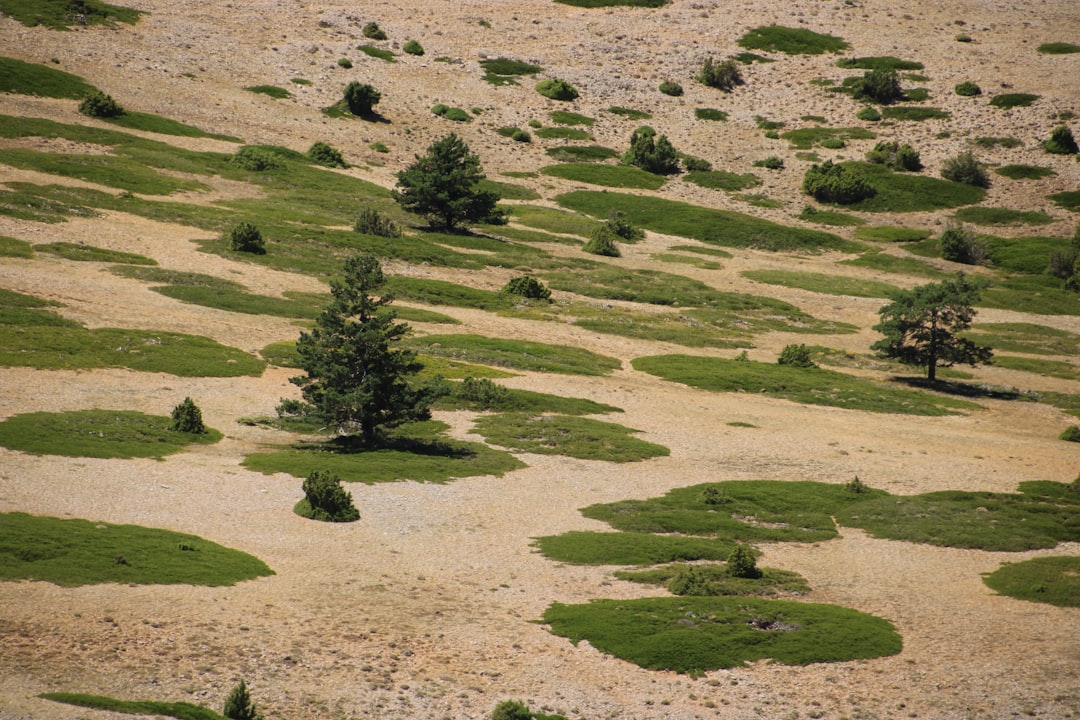Transform Your Slope into a Drought - Resistant Oasis

When it comes to gardening, a sloped area can often present unique challenges. However, with the right plan, you can turn that tricky slope into an inviting and drought - tolerant landscape. This garden plan is designed to make the most of your sloped space while conserving water and creating a visually appealing environment.
First and foremost, understanding the nature of your slope is crucial. Analyze the soil type on the slope. Is it sandy, loamy, or clayey? Sandy soil drains quickly but may not hold nutrients well, while clayey soil retains water but can become compacted. Loamy soil is the ideal balance, offering good drainage and nutrient - holding capacity. Conduct a soil test to determine its pH level as well. Most drought - tolerant plants prefer a slightly acidic to neutral pH.
Once you have a clear understanding of your soil, it's time to select the right plants. There are numerous drought - tolerant plants that are well - suited for sloped gardens. Succulents are a popular choice. Plants like sedum and hens - and - chicks are not only drought - resistant but also add interesting textures to the landscape. Their thick, fleshy leaves store water, allowing them to survive long periods without rainfall.
Grasses are another great option for a sloped garden. Blue fescue grass has a beautiful blue - gray color and forms neat clumps. It requires minimal watering once established and can help prevent soil erosion on the slope. Fountain grass is also a good choice, with its graceful, arching foliage that sways in the wind.
For a splash of color, consider adding drought - tolerant flowering plants. Lavender is a classic choice. Its fragrant purple flowers attract pollinators like bees and butterflies. Yarrow is another hardy plant that produces clusters of colorful flowers in shades of yellow, pink, and red. It can thrive in poor soil conditions and is highly resistant to drought.
When it comes to planting on a slope, proper spacing is essential. Make sure to space the plants according to their mature size. This will not only allow each plant to have enough room to grow but also help with water distribution. Water tends to run off quickly on slopes, so creating small terraces or contour beds can help slow down the water flow and allow it to soak into the soil around the plants.
Installing a drip irrigation system is a smart investment for a drought - tolerant slope garden. Drip irrigation delivers water directly to the plant's roots, minimizing water waste. You can set up a timer to ensure that the plants receive the right amount of water at the right intervals. This is especially important during the establishment phase of the plants.
Adding mulch to the soil surface is also beneficial. Mulch helps to retain moisture in the soil, suppress weeds, and regulate soil temperature. Organic mulches like wood chips or shredded bark are a great choice. Spread a layer of mulch around the plants, taking care not to pile it up against the stems.
Maintenance is an ongoing part of any garden, and a slope garden is no exception. Regularly check the plants for signs of pests or diseases. Prune any dead or damaged branches to keep the plants healthy. Remove weeds as soon as they appear to prevent them from competing with your desired plants for water and nutrients.
As the seasons change, you may need to adjust your gardening practices. In the winter, protect the more tender plants from freezing temperatures. In the summer, be extra vigilant about watering, especially during heatwaves. With a little planning and care, your drought - tolerant slope garden will become a beautiful and sustainable part of your outdoor space.
Finally, don't forget to enjoy the fruits of your labor. Sit back and relax as you watch your sloped garden come alive with color and texture. Invite friends and family over to admire your creation and share the joy of gardening. A well - designed drought - tolerant slope garden can be a source of pride and a haven for both you and the local wildlife.